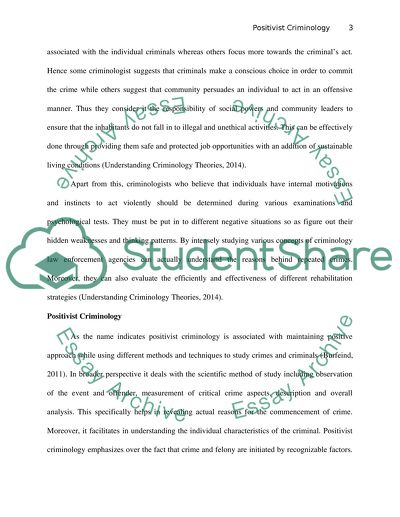Cite this document
(“A criminal offends because he is caused to do so in a way which the Essay”, n.d.)
A criminal offends because he is caused to do so in a way which the Essay. Retrieved from https://studentshare.org/miscellaneous/1634019-a-criminal-offends-because-he-is-caused-to-do-so-in-a-way-which-the-non-criminal-is-not-discuss-this-claim-in-relation-to-positivist-criminology
A criminal offends because he is caused to do so in a way which the Essay. Retrieved from https://studentshare.org/miscellaneous/1634019-a-criminal-offends-because-he-is-caused-to-do-so-in-a-way-which-the-non-criminal-is-not-discuss-this-claim-in-relation-to-positivist-criminology
(A Criminal Offends Because He Is Caused to Do so in a Way Which the Essay)
A Criminal Offends Because He Is Caused to Do so in a Way Which the Essay. https://studentshare.org/miscellaneous/1634019-a-criminal-offends-because-he-is-caused-to-do-so-in-a-way-which-the-non-criminal-is-not-discuss-this-claim-in-relation-to-positivist-criminology.
A Criminal Offends Because He Is Caused to Do so in a Way Which the Essay. https://studentshare.org/miscellaneous/1634019-a-criminal-offends-because-he-is-caused-to-do-so-in-a-way-which-the-non-criminal-is-not-discuss-this-claim-in-relation-to-positivist-criminology.
“A Criminal Offends Because He Is Caused to Do so in a Way Which the Essay”, n.d. https://studentshare.org/miscellaneous/1634019-a-criminal-offends-because-he-is-caused-to-do-so-in-a-way-which-the-non-criminal-is-not-discuss-this-claim-in-relation-to-positivist-criminology.


